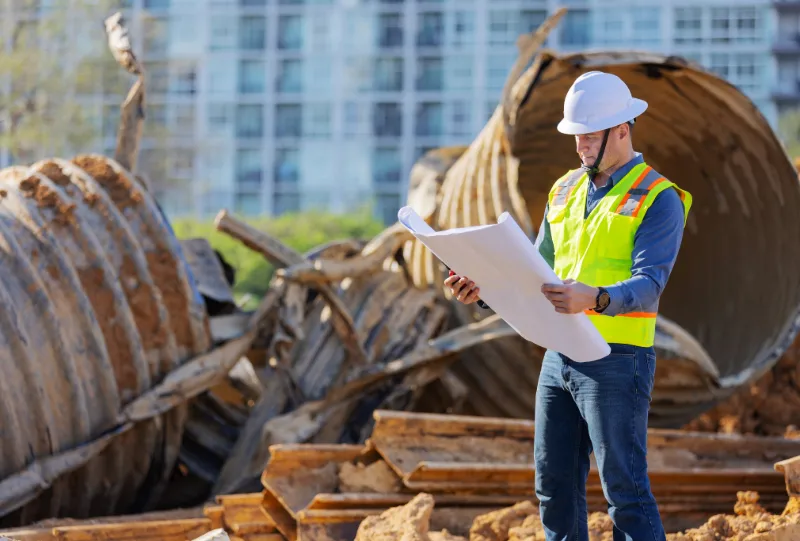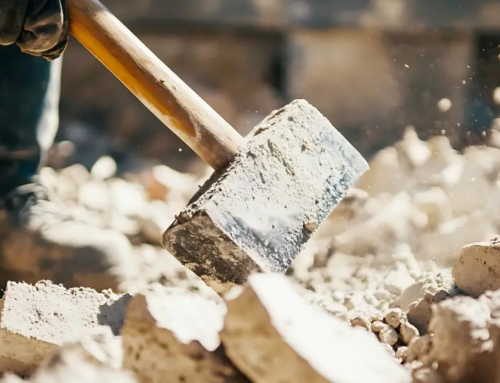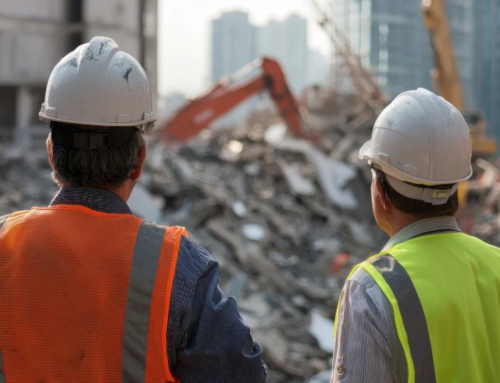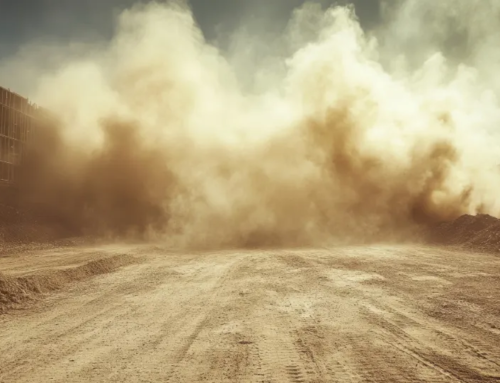T he demolition of a building does not mean the end of obligations for the owner or contractor.
On the contrary, restoration after demolition is essential. Not only for aesthetic or safety reasons, but also because it is explicitly required by law. In this article, we explain what restoration exactly means, what its stages are, who is responsible and how to ensure that the space is ready for the next use or exploitation.
What does post-demolition restoration mean?
Remediation includes all actions that ensure that the site is clean, safe and compliant with the requirements of the New Building Regulations (NBR) and environmental legislation. These include:
- Removal of trash and debris
- Cleaning and sorting of recyclable materials
- Backfilling the plot with suitable materials
- Leveling to align the ground
- Creation of a drainage system (where required)
What does the law provide for rehabilitation?
The demolition building permit is usually accompanied by obligations regarding the environmental management of the project. Specifically:
- The Highway Code and municipal regulations require the immediate removal of trash so that traffic is not obstructed.
- Government Gazette 362/B/2011 stipulates that excavation, construction and demolition waste (ECDW) must be managed through licensed entities.
- Many Municipalities require a restoration certificate as a condition for future construction on the same plot.
Who is responsible for the restoration?
Responsibility belongs to:
- To the property owner
- To the demolition contractor, provided that he has undertaken the entire project and has agreed upon a contract
- In some cases, a report from an engineer or technical service may be requested to prove the proper execution of the work.
What does proper rehabilitation practically involve?
- Removal of all waste (rubble, wood, metals, cables, etc.)
- Transfer to licensed AEKKK recycling units
- Leveling and backfilling with clean, inert materials
- Checking the static stability of basements (if any) or their appropriate coverage
- Designing the area so that flooding does not occur
Demolition restoration is not a detail, but a key stage that ensures safety, legality and environmental responsibility. Don't leave the job unfinished. Trust a specialized team with experience and reliability.
See more about the demolition services we offer or contact us to analyze your needs project.
For more information about the operations of our company and our services , you can visit our services page and contact us to find the solution that best suits your needs.
Here you can see some projects undertaken and completed by our company.
Here you can see some videos of our company.







